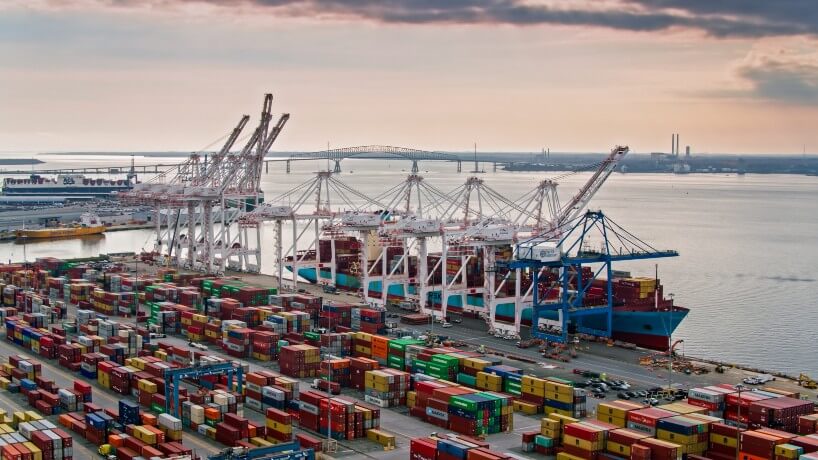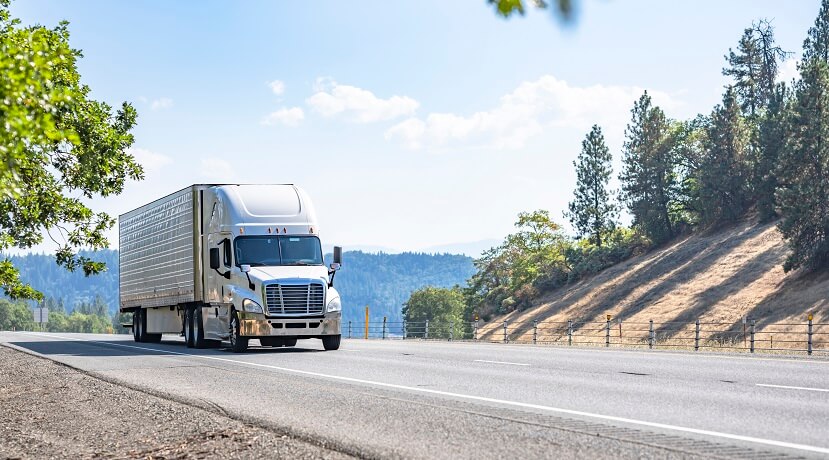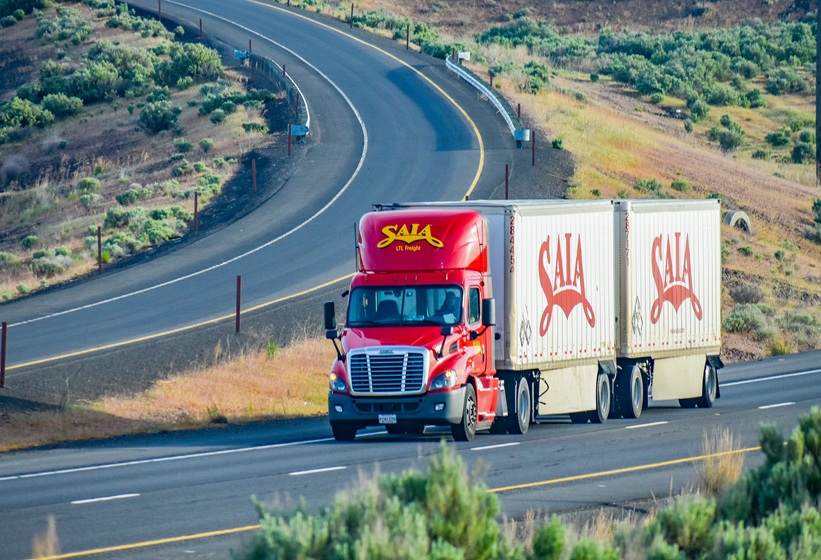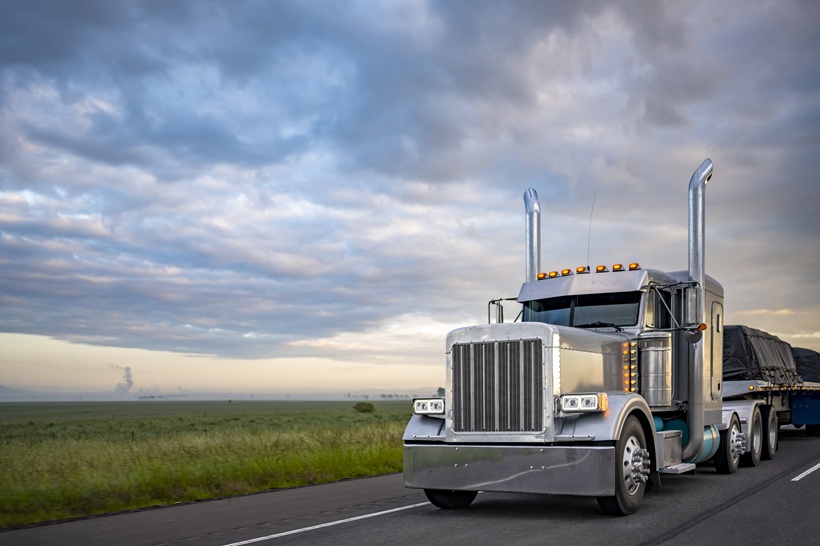
What Drivers and Carriers Should Be Aware of Following the Baltimore Bridge Collapse
At approximately 1:30 a.m. on March 26, a container ship crashed into a pillar of Baltimore’s Francis Scott Key Bridge in the Patapasco River, immediately causing the bridge’s collapse. While a crucial mayday call and the time of day the disaster occurred likely prevented countless casualties, six are presumed dead, and our hearts go out to their families.
Before its collapse, the Key Bridge was part of a crucial artery in Maryland – Interstate 695 – that circles the city of Baltimore. For commercial vehicles, it provided a vital link from the industrial areas of South Baltimore to the Port of Baltimore across the Patapasco and to Interstate 95.
Additionally, as of April 4, the wreckage from the bridge collapse is blocking all but small, temporary channels to the Port of Baltimore, forcing the closure of the U.S.’ 20th busiest port by tonnage.
In all, the collapse means 3,600 trucks and over 100,000 tons of port cargo each day will have to find another route in the Baltimore area or be re-routed to a different port for the foreseeable future. That level of disruption will cause some immediate consequences for drivers and carriers.
Delays and backlogs
Most obviously, the loss of the Key Bridge means that professional drivers will have to find alternate routes in the region. Two alternate routes are through the Baltimore Harbor Tunnel on Interstate 895 or the Fort McHenry Tunnel on Interstate 95, which also traverse the Patapasco River closer to Baltimore’s Inner Harbor. Any routes in and around Baltimore will need to take account of increased traffic in those toll tunnels and adjust driving times and hours of service accordingly.
But some trucks won’t have the luxury of using the Harbor Tunnel or Fort McHenry Tunnel. Trucks transporting hazardous materials, defined by the Maryland Transportation Authority as “vehicles carrying bottled propane gas in excess of 10 pounds per container (maximum of 10 containers), bulk gasoline, explosives, significant amounts of radioactive materials,” are prohibited from using the tunnels and will have to use the western side of I-695.
While Interstate 695 was a roughly circular beltway before the collapse, using the western side of the loop adds over 30 miles and up to two hours of additional driving time when compared to routes over or under water.
Drayage and economic aspects
By annual tonnage, the Port of Baltimore ranks below ports immediately adjacent to much smaller metro areas like Corpus Christi, Texas; Mobile, Alabama; and Savannah, Georgia. But that statistic undoubtedly undersells the Port of Baltimore’s crucial importance to the regional and national economies and to drayage-focused carriers.
In a national context, the Port of Baltimore is the nation’s busiest port for roll-on/roll-off (Ro/Ro) cargo ships that hold wheeled cargo like cars, motorcycles, trucks, and semi-trailers and can then be driven on or off of a ship. Additionally, not every major port has the infrastructure to handle Ro/Ro traffic.
“It’s not just a container port. It’s the largest Ro/Ro port in the country. You can draw a straight line from Baltimore straight across to the Midwest farming belt, and I think that’s the bigger implication on the trucking industry,” said DAT Freight & Analytics principal analyst Dean Croke to Fleet Owner.
Regionally, the Port of Baltimore directly employs over 15,000 people and supports nearly 140,000 jobs. Also, massive companies like Amazon, Home Depot, Volkswagen, BMW, and Under Armour have major distribution centers adjacent to the port. Baltimore-based economist Anirban Basu went so far as to say, “the Port of Baltimore is the leading economic driver for the region.” With the port still blocked to large ships, thousands of jobs on land and sea could be at risk.
What we still don’t know
Experts predict that it could be at least a year before trucking and shipping in Baltimore returns to how it was in the third week of March. But the first major question for economic activity to be answered is unquestionably, “When can the Port of Baltimore reopen?” Unfortunately for thousands, the answer is unclear. Thousands of pounds of debris must be cleared or demolished for ship traffic to return, including the 700-foot bridge span.
What is clear is that the federal government and Maryland state government are prioritizing the port’s reopening.
An even more Herculean undertaking will be reconstructing the bridge. Funding for the bridge could take a while to approve, and then take at least a year to build at the cost of hundreds of millions of dollars. The initial construction of the Key Bridge in the 1970s took about four-and-a-half years to complete.
Our team members are here to help, let us know what you’re experiencing along these routes and how we can assist in making your journey easier. Connect with us here.



